REPORT
THE INAUGURAL INTERNATIONAL SYMPOSIUM ON THE NATIVE STINGLESS BEE
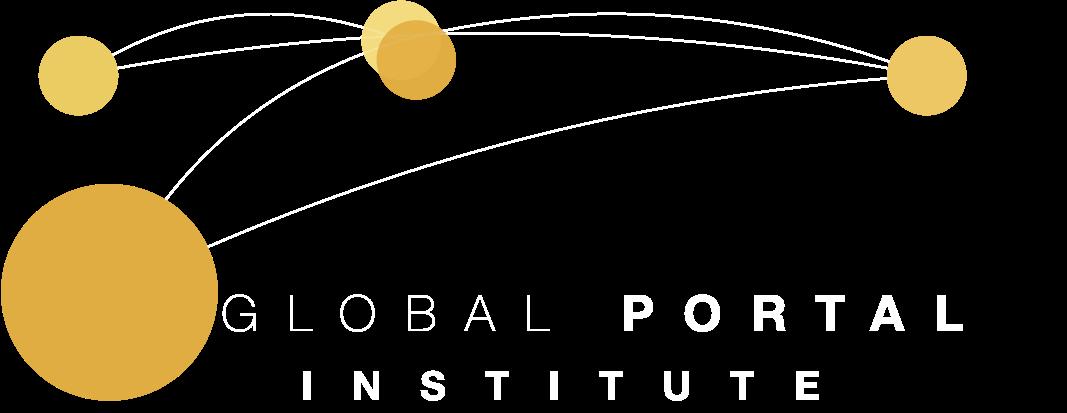
Ecology and Economy are one and the same
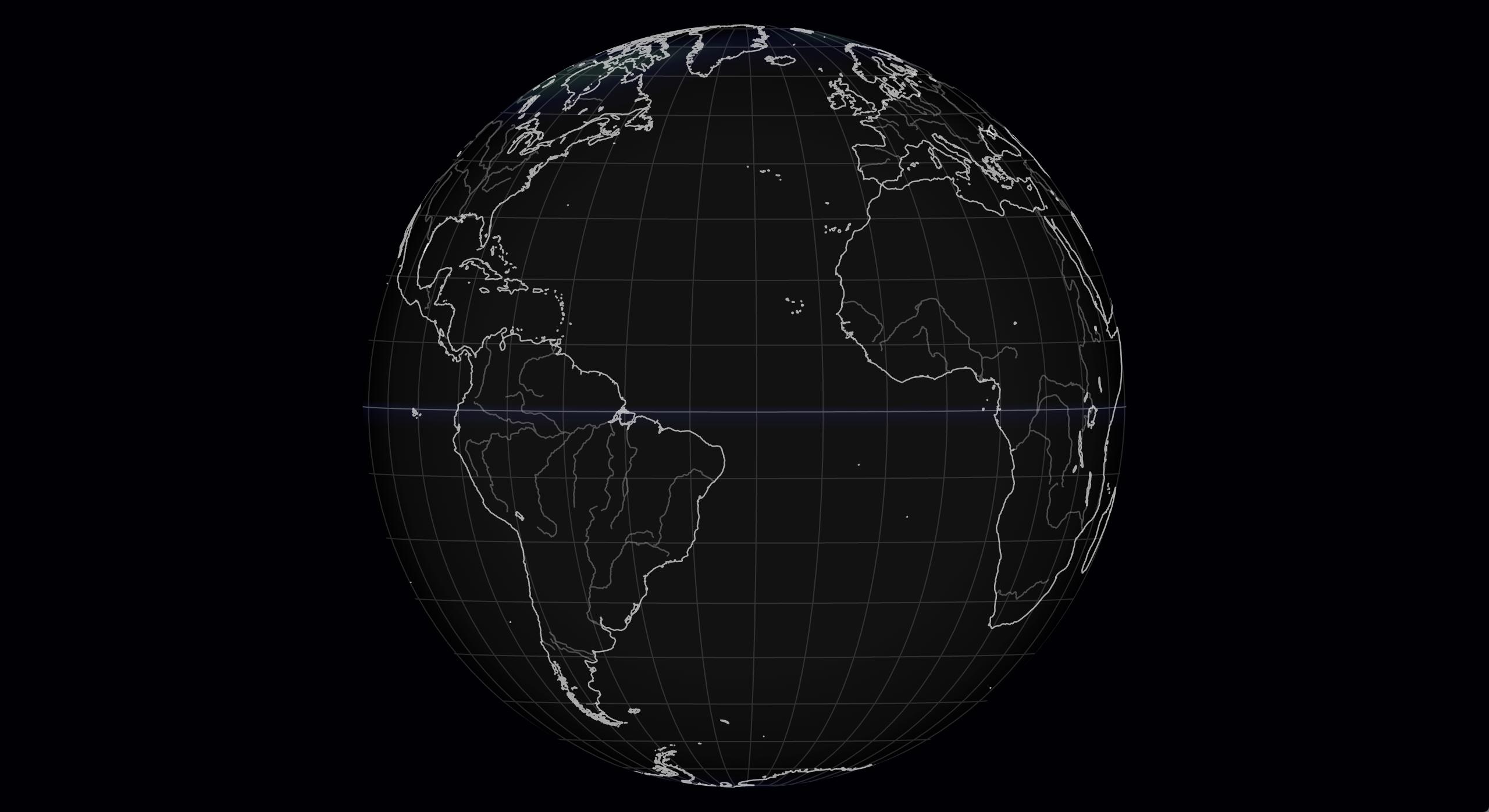
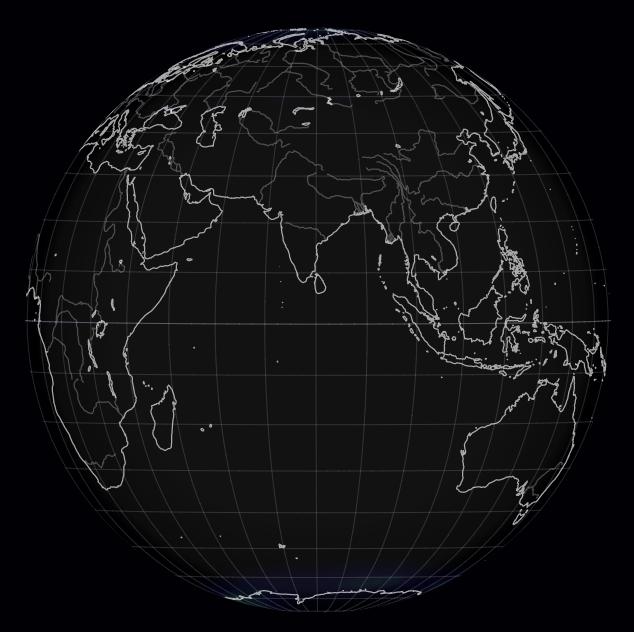
WORLD WILDLIFE CONSERVATION DAY 2022
LIMA, PERU
WITH THE SUPPORT OF

GLOBAL PORTAL INSTITUTE SUMMARY: THE INAUGURAL INTERNATIONAL SYMPOSIUM ON THE NATIVE STINGLESS BEE 2022
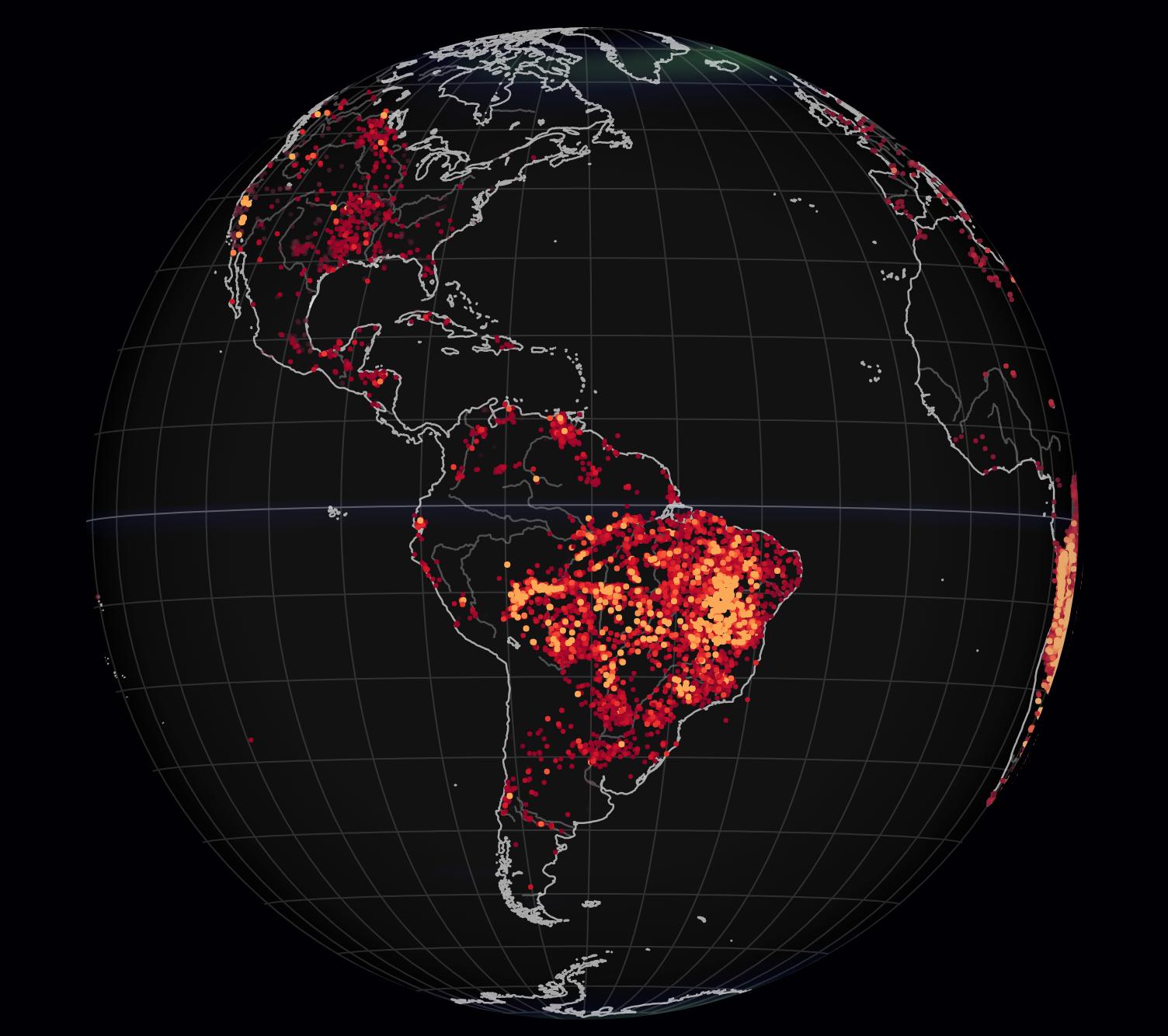
CONTENTS
I Introduction
II What has been done, what is being done, what can be done
III Southern Silk Corridor by an Ecosystemic Approach
IV A vital shift of paradigm
page 1 page 2 page 3 page 4 page 5
From the boreal forests of the North to the Tierra del Fuego, passing through the lush areas of the Amazon basin and the highest mountain range in Asia, all continents are experiencing great environmental changes on which the local communities, and therefore the peoples from the biggest cities in the world, directly depend. We are witnessing a mass destruction at the same time as a social devastation. How can we renew our perspectives on this matter before it becomes the new normal? In a context of economic development and exhaustion of natural resources, only a vital thread of opportunities through constraints can lead a necessary shift of paradigm between ecology and economy.
On November 14th, 2022, an agreement of cooperation was launched between Brazil, Indonesia, and the Democratic Republic of Congo, regarding the preservation and conservation of three countries that account more than 52% of the remaining primary rainforests on the planet. They agreed to coordinate actions about climate negotiations, the finance of conservation, and the sustainable use of biodiversity; although we do not know yet how they will take action. On World Wildlife Conservation Day 2022 – in collaboration with scientist David Roubik, professor Claus Rasmussen, and José Alvarez Alonso representing the Cabinet of Biodiversity of the Ministry Environment of Peru – we aim to rediscover a native stingless bee, a small but essential component of our ecosystem; perhaps one of the most invisible but definitively one of the most federative of all continents from north to south and east to west. This pollinator called the “Melipona” produces peculiar honey that is considered as the best in the world, not only for its taste, but also for its medicinal, nutritional, cosmetic properties. Indeed, what better than a hive to help us find ourselves in this world of invisible issues that have yet to be reasoned?
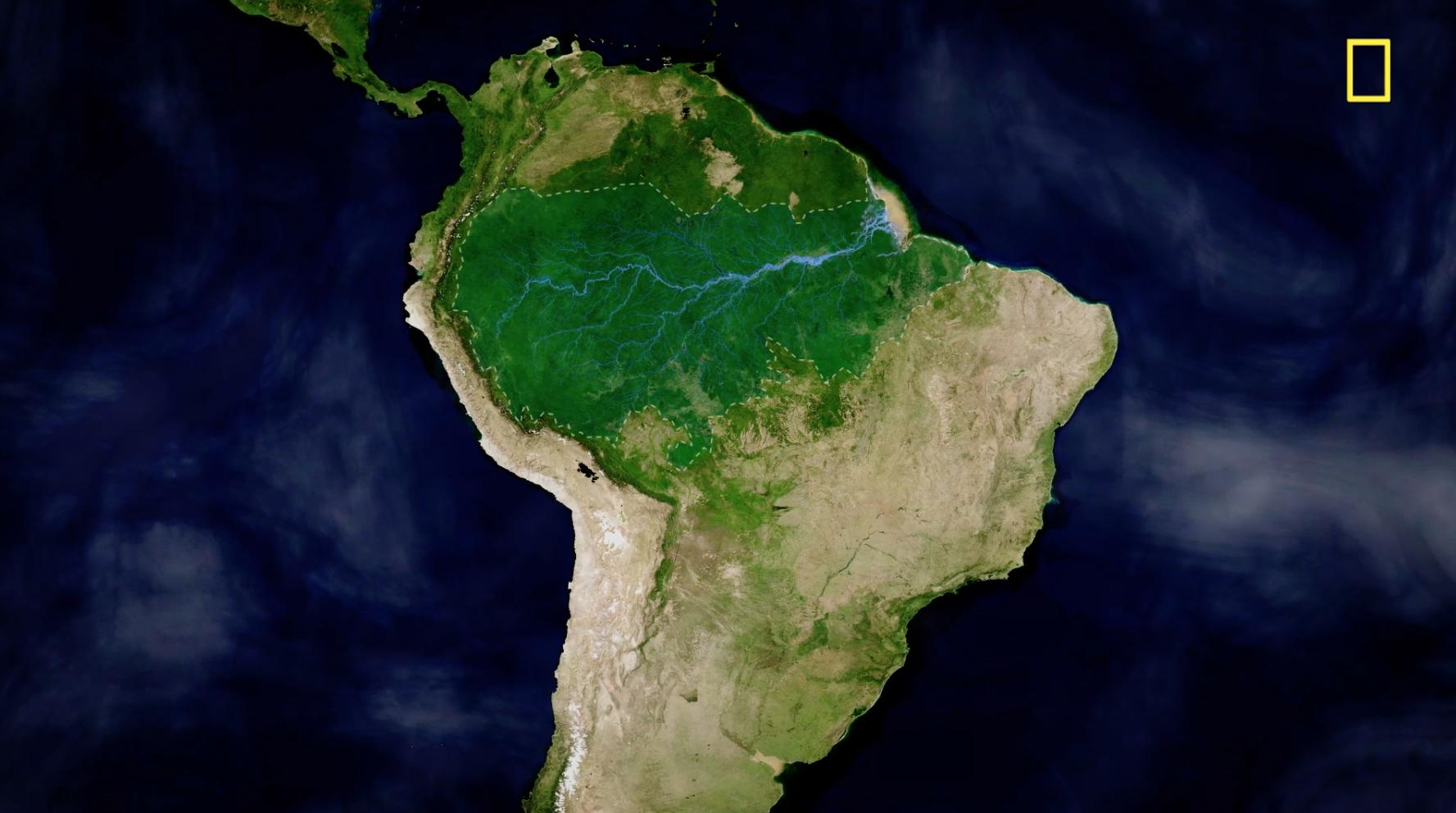
As seen in the case of Southeast Asia, in the Congo basin and the Amazon region, the world’s most vital resources exponentially increase in quality and value, as it and its counterparts drastically decrease in quantity. Beyond the threatened biodiversity, incredible cultures holding important millenary knowledge are at risk of disappearing.
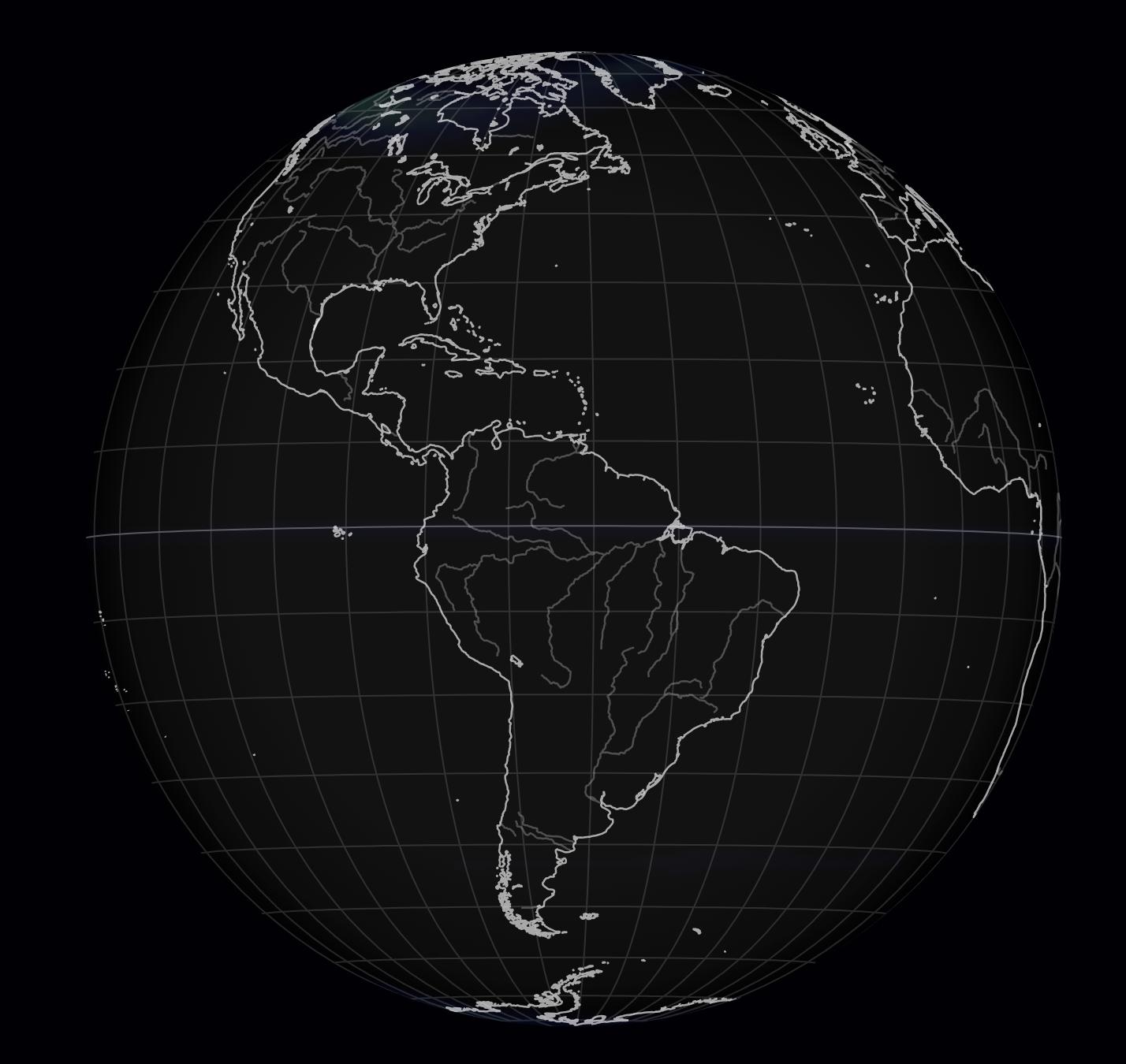
"We shall be unable to turn natural advantages to account unless we make use of local guides.”
— Sun Tzu, Art of War
WHAT HAS BEEN DONE, WHAT IS BEING DONE, WHAT CAN BE DONE
The vital resource levels of these regions are responsible for a predicted 50% of our global oxygen supply. Beyond carbon accounting, the consequential damage from deforestation (biodiversity loss, altered photosynthesis, and therefore stalled carbon absorption) can only be calculated through projections. Precision is limited as all biomes are intertwined (soil, air, water) in the planetary ecosystem that we, as observers, participants, and reference frameworks, are a part of. Achieving set targets for managing this transition requires a quantifiable approach to assess and monitor a wide array environmental management design as epistemologic topics. But we cannot improve what we do not measure.
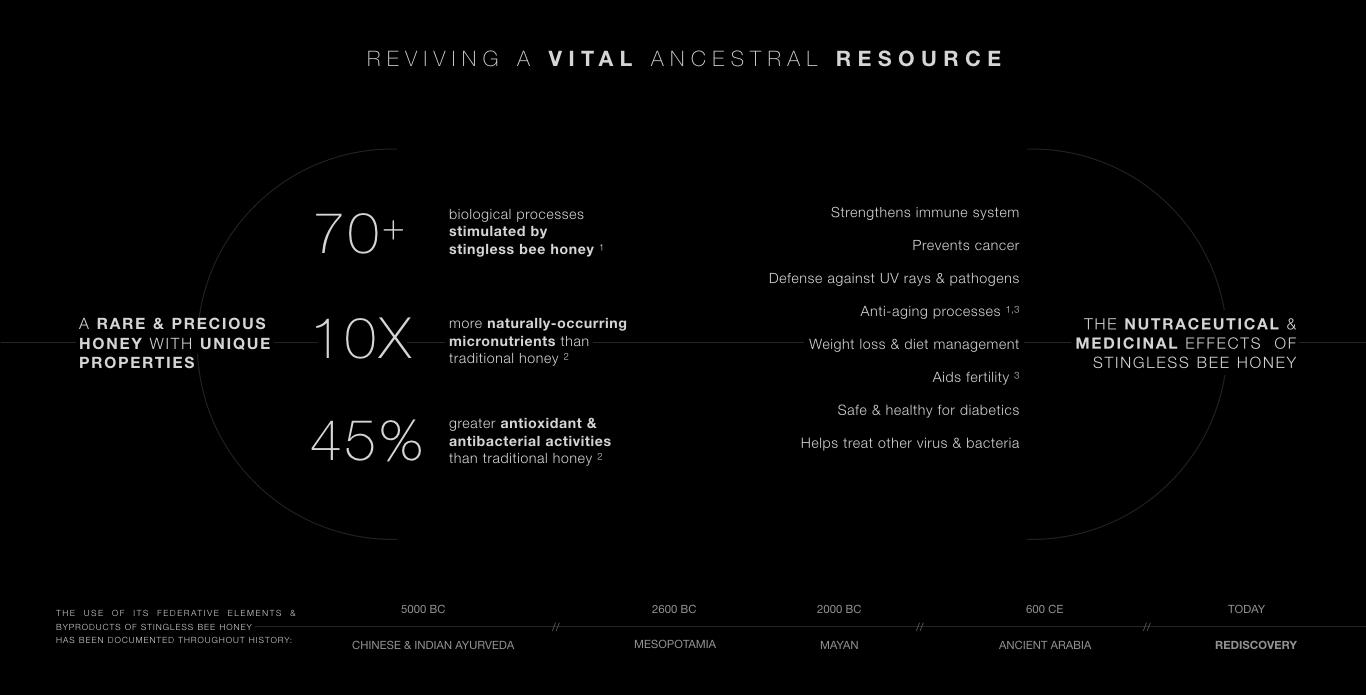

Pollinators call our special interest as the most federative component of our ecosystem upon which the majority food chain depends directly and entirely. In existence since pre-historic times, the native stingless bees are in a dangerous worldwide decline today. They can still be found across the world’s tropical, subtropical, and pantropical belt, producing the most undervalued and endangered good on the planet.
At the forefront of this new discipline, there is a huge lack of data and transmission of information. The most marginalized communities with millenary knowledge of the field, may not have access to a bank account but do to smartphones and internet connections. Even if everyone (scientists, institutions, teachers, producers, civil societies) is doing their job in their own corner, a general diagnostic can be applied across the tropical belt through a collaborative exchange of secured information for everyone that is interested in getting involved, or just seeking to appreciate the spectacle of life-changing experiences, as we all are in front of this world emergency. A platform mapping biomes facilitating interactions human environment is now underway. Native pollinators are the most urgent matter and the platform will soon open to all interactions.
NATIVE STINGLESS BEE DEFINING CHARACTERISTICS
– Unique morphology: Silk patch and pollen basket (corbicula) on their hind leg on the hind tibia
Very reduced sting that does not cause harm
Highly social, a type of sociality that has evolved independently from honey bees
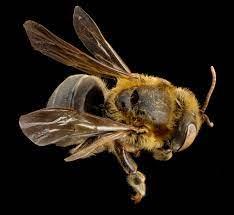
Unique nest architecture, entrances made out of propolis, resin, serum, moth feces
Advanced communication systems –
Genetically isolated subpopulations
Mutualistic structure within nest and with environment
NEW SILK CORRIDOR BY AN ECOSYSTEMIC APPROACH
We are confronted by the painful reality that our species is vulnerable (and dependent on other We are confronted by the implacable reality that our species is vulnerable, while weakened by general volatility in front of fierce climate crises. Societies around the globe are approaching these facts and debating how to respond. The changes we face make us spectators of a very special moment in humankind, standing at the cradle of a social, economic, ecologic, political transition. It is difficult for a single individual, group, institution, state, or government to take the lead in this matter.
Efforts are arising to resolve this problematic through more cooperative and inclusive transformation of resources. In the Colombian Amazon in 2019, the Leticia Pact was signed by all seven Amazonian countries, with the aspiration to involve native communities in the resolution of this conservation issue.
Leticia sits at the triple border of Brazil, Peru, and Colombia, and is the biggest city next to Tabatinga, near the Javari Valley, one of the most remote regions in the world with the largest number of non-contacted communities and the greatest need for new types of exchanges and trade to ensure common recognition, community support, and territory fate. This aim eventually leads to the formulation of a collective perspective on what is concerning all of us. Today, the living proof of pollination through honey collection and the rescue of these Melipona sentinels of the climate enables the perfect prism of exchange and a point of contact between pollinators and peoples across the tropical, pantropical, and subtropical belt. Its rediscovery is the binding we need to overcome the dangers of disappearance of these fragile heritage encounters and the transnational, transregional, and interethnic oppositions and potential conflicts of interests.
Providing essential links and the proper information can transform landlocked areas into ‘land-linked’ integrations of regional and global production and supply chains. This opens the possibility of true green “Polli-tech” centered arenas. The creation of a new Silk Road, an “Integral Silk Corridor”, enables public and private institutions, organizations, and individuals to identify actionable areas in Environmental, Social, and Governance (ESG) and to scale through sustainable investing by leveraging natural technology for climate resilience.


A VITAL SHIFT OF PARADIGM
In order to protect biodiversity and ensure its regeneration, we must know where to start. 47% of the human wealth in the richest regions in the world for resources and biodiversity, depends directly natural resources, yet over 41% of people in these regions still live below the poverty line.
1. The art of administering a property by prudent and wise management in order to obtain the best return using the least resources
2. All of what concerns the production, distribution and consumption of wealth and activity (which men living in society deploy for this purpose).
Conservation cannot be achieved by settling reserves in determined space and time. We cannot arrive somewhere and arbitrarily instruct the stopping of every interaction of human with environment. This framework of conservation will never work simply because of the existence of living beings there depending on other living forms. Every living is a matter of trade, and every trade matters.
Ecology must be economically sustainable and appealing for the living in those regions. In French Guyana, Brazil, and Peru, different colleges and public schools are installing nests of this native stingless bee within the establishment. The anchoring of this bee shelter or honey hostel network enforces the rescue of the Melipona and its invaluable perennial byproducts. Considering environmental education in practice is the key to fighting climate change, it aims to position this native pollination Nest-work as an efficient and secure link between communities and a bridge into territories that are often difficult to access. This suitable reception arrangement for wild bees provides a convenient refuge for their interactions with the environment and the issues we are part of. To integrate the incompleteness of these problematics, we must imply the consideration of new types of resources through a new generation of partnerships.

Beyond any dangers, native stingless beekeeping can easily be a prolongation of the school and the home, capacitating pollination ambassadors and agents for crops in the area, significantly enhancing yields. The scaling of this model of young local environmental leaders training reminds us that all generations can not only learn from the native bee nests and their mutualistic approach to their environment, but also be the guardians of this Renaissance made of resilience allied with the “Regenerescence”.

In a few decades or in a few generations, our children will ask us what have we done sitting at the front of the global crisis. Even if actors defect to global agreements as no state appears to be able to take the lead in that matters, what have we attempted?


While the outcomes of these changes are uncertain, we are here to discuss how reorganization in socioecological system will continue to occur. This reorganization opens gigantic opportunities for building new natural capital and expands capacities to work together addressing environmental dilemmas through new models of micro-cultural credits. A new class of living atlas and interactions can broaden transscalar and transgenerational resilience.
This social, ecological, economic, political regeneration can be through polli-nation, and that is a revolution.
International Summit on the Native Stingless Bee 2023 FROM THE WORLD WILD WEB TO A WORLD WILD WEALTH
Many issues have been addressed and considering to resolve it soon (in a collaborative approach), we invite you to the next Summit in December 2023, taking place in Southeast Asia, with the theme From the World Wild Web to a World Wild Wealth. For information, visit www.meliposium.net
“Philosophy is not a body of doctrine but an activity.” – Ludwig Wittgenstein
“It is not the strongest of the species that survives, nor the most intelligent that survives. It is the one that is the most adaptable to change.”
– Charles Darwin
THE INAUGURAL INTERNATIONAL SYMPOSIUM ON THE NATIVE STINGLESS BEE, 2022
AN INITIATIVE CARRIED OUT BY GLOBAL PORTAL INSTITUTE
PRODUCED BY THE PORT GLOBAL
SPEAKERS
Claus Rasmussen, University of Aarhus, Denmark
David Roubik, The Smithsonian Institute, Panama
José Alvarez Alonso, Ministerio del Ambiente – MINAM, Peru
Lucy Xu, The Port Global, Global Portal Institute
Nicolas Picat Saridaki, Global Portal Institute
SPECIAL THANKS TO PERU
Caballo Cocha & Cushillo Cocha, Loreto
Comunidad Tikuna de Cushillo Cocha
Instituto Superior Tecnológico “Mariscal Ramón Castilla”
Zully Carmencita Ruiz Cándido
Cuzco
Ciro Invernizzi
Congreso Latinoamericano de Apicultura, FILAPI
Eleazar Pérez Castro
Federación Internacional Latinoamericana de Apicultura (FILAPI)
Iquitos
Centro de Rescate Amazónico
Cesar Delgado Vásquez, Grupo Técnico Ad hoc sobre Polinizadores – MINAM
Colegio Nacional de Iquitos (CNI)
Eriberto Vela
Kember Mejía Carhuanca
Instituto de Investigaciones de la Amazonía Peruana (IIAP)
Instituto Intercultural de Formación de Maestros Bilingües de la Amazonica
Milton Fernandez Altamirano, Comunidad Santa Rita en Río Nanay
Monica Villena y sus estudiantes, CNI
Iquitos
Juan Carlos Luyo, Parque de la Exposición
Ministerio del Ambiente – MINAM
Municipalidad Metropolitana de Lima
Museo de Arte de Lima (MALI)
Pichari, Apurímac River
Apu Benjamín Lozano Castillo
Comunidad Asháninka de Marontuari
Jefe Julián Tiviito
Servicio Nacional de Áreas Naturales Protegidas por el Estado (SERNANP)
OTHERS
Empresa Brasileira de Pesquisa Agropecuária (EMBRAPA), Brazil
Jean-Luc Sanchez, Naturalist Explorer of the Amazon
Jeff Pettis, United States, for his inspirational work
Ministère de de l’Éducation Nationale Française, French Guyana
Ricardo Ayala Barajas, Universidad Nacional Autónoma de México, Mexico
Universidade Federal do Amazonas (UFAM), Benjamin Constant, Brazil
Workshop Internacional do Parque Científico e Tecnológico do Alto Solimões, Amazonas (PACTAS), Brazil
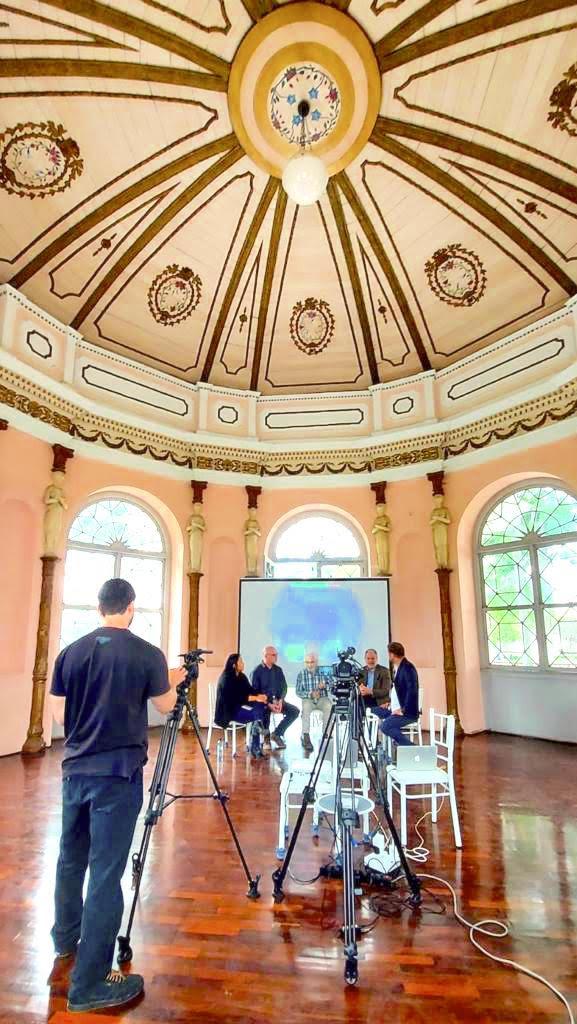
THE PORT GLOBAL



Supporting innovation and initiatives in emerging arenas through international consulting and advisory services. www.theportglobal.com
Celebrated in the Byzantine Pavilion in Lima, Peru, a structural representation of the crossroads between the East and the West, on its 150th anniversary.
Sustaining innovation & engineering aimed at environmental conservation and recovery. www.globalportal.in
